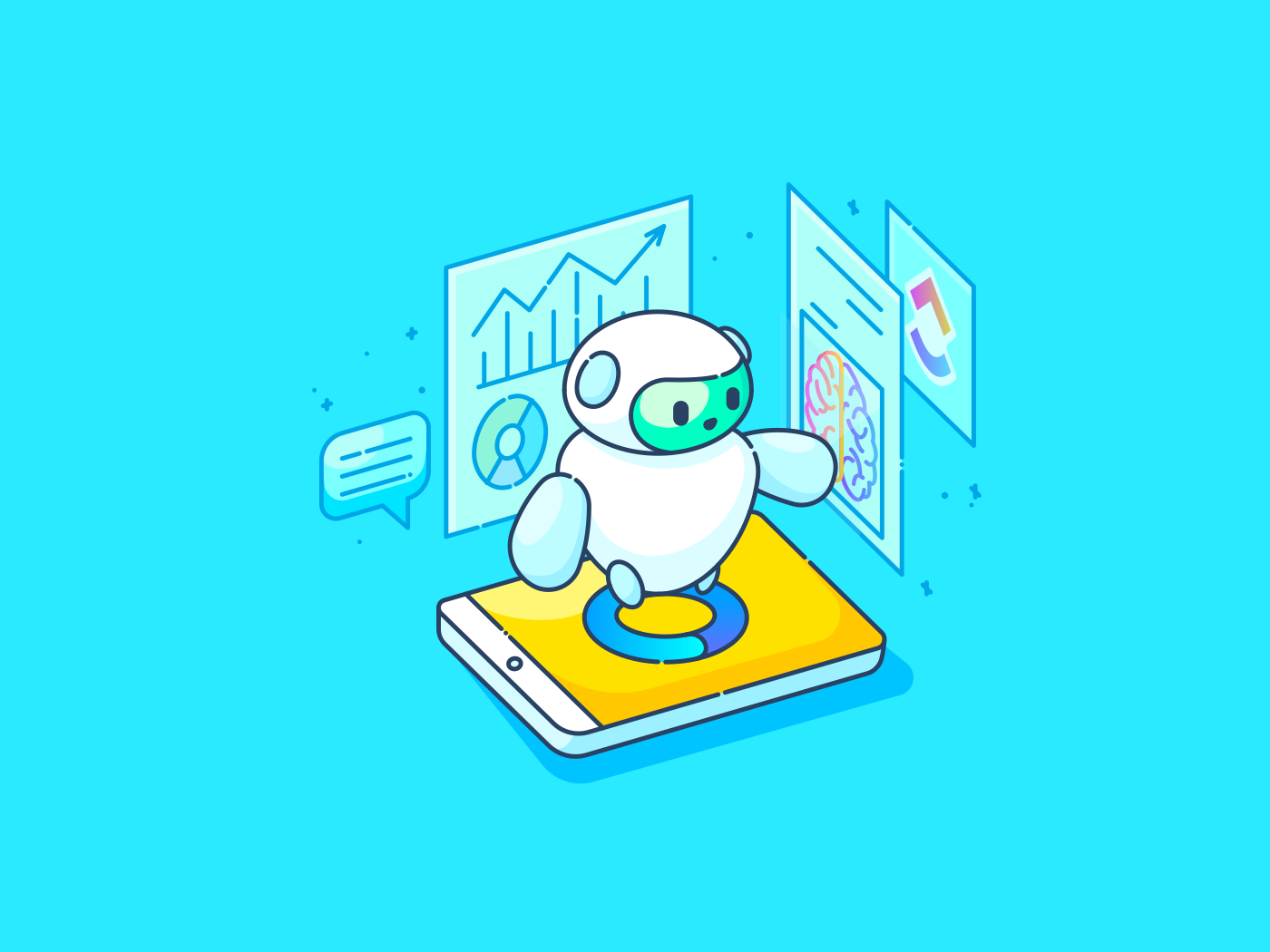Table of Links
Abstract and 1 Introduction
1.1. Spatial Digital Twins (SDTs)
1.2. Applications
1.3. Different Components of SDTs
1.4. Scope of This Work and Contributions
2. Related Work and 2.1. Digital Twins and Variants
2.2. Spatial Digital Twin Case Studies
3. Building Blocks of Spatial Digital Twins and 3.1. Data Acquisition and Processing
3.2. Data Modeling, Storage and Management
3.3. Big Data Analytics System
3.4. Maps and GIS Based Middleware
3.5. Key Functional Components
4. Other Relevant Modern Technologies and 4.1. AI & ML
4.2. Blockchain
4.3. Cloud Computing
5. Challenges and Future Work, and 5.1. Multi-modal and Multi-resolution Data Acquisition
5.2. NLP for Spatial Queries and 5.3. Benchmarking the Databases and Big Data Platform for SDT
5.4. Automated Spatial Insights and 5.5. Multi-modal Analysis
5.6. Building Simulation Environment
5.7. Visualizing Complex and Diverse Interactions
5.8. Mitigating the Security and Privacy Concerns
6. Conclusion and References
3.5. Key Functional Components
We have broadly divided the functionalities of an SDT into five different categories: exploration & visualization; querying; mining; simulation; and predictive analysis. Next, we discuss these in details.
3.5.1. Exploration and Visualization
One area where SDTs have evolved the most is visualization. Many of the research papers and systems [63] focus on visualization, and also refer the visualization system as the main goal of the spatial digital twins (which is not entirely a valid claim as the other key functionalities discussed in this section are equally important). In the visualization of SDTs, usually a basic map layer is used and different layers of data are added such as 3D buildings, mobility traces and spatial networks. Besides maps and GIS software like OpenStreetMap and ArcGIS, there are a number of 3D visualization platforms such as Cesium [62], 3DEXPERIENCE [15], HxDR platform [72], etc. While certain aspects of spatial insights and relationships can be grasped, the current visualization technologies fail to capture the full extent of profound spatial correlations within diverse types and timelines of data. For instance, visualizing a 3D building along with its time series energy consumption on a map proves to be a challenging task.
3.5.2. Querying
Despite extensive research on spatial databases and spatial queries, only a handful of commercial database systems, like Oracle Spatial and PostgreSQL, currently offer support for spatial queries on the underlying spatial database. However, these systems do not cater to emerging data types such as 3D data and trajectories, nor do they address specialized queries like identifying visible 3D objects from a query point [74] or finding similar trajectories [75]. Most importantly, it is not easy for the users to write spatial SQL queries and retrieve desired information from these database systems. Users commonly find it more convenient to formulate spatial queries in the form of text, such as searching for a point of interest (POI) on mapping platforms like Google Maps and Bing Maps. This integration of textual queries with underlying spatial technologies, specifically in an SDT, can prove to be a highly effective method for users to access the spatial data they desire. Recent NLP research focuses on converting user textual description to SQL (aka, text-tosql) and retrieve desired information for relational databases [76]. Spatial extensions of such techniques can help users querying spatial data.
3.5.3. Mining
Data mining techniques are critical in analysing the data generated by SDTs and identifying patterns, relationships, and trends that can provide valuable insights into how the physical world is functioning. For example, mining techniques can be used to identify areas in a city where greenhouse gas emissions are high or to detect anomalies in the air quality of certain areas. It is important to design techniques that can identify interesting insights [77, 78, 79] from the data automatically with little to no human intervention. Such techniques are essential to the effective use of SDTs because these allow us to turn raw data into actionable insights that can be used to optimise the performance of physical systems and improve decision-making. , in Section 5.4, we discuss some research challenges in data mining for SDTs that must be tackled to fully exploit their potential.
3.5.4. Simulation
Simulations are crucial in a spatial digital twin as they provide a non-destructive method of testing and analysing the performance and behaviour of a system. Advancements in technology, such as cloud computing, machine learning, and Internet of Things (IoT), have revolutionised simulation functionalities in SDTs [80].
Spatial digital twin simulation operations can be applied in numerous scenarios. For example, traffic flow can be simulated in transportation, and transportation routes can be optimised to reduce congestion and improve safety [81]. Energy consumption can be simulated in a building or neighbourhood, and energysaving opportunities can be identified. Production processes can be simulated to enhance efficiency and minimise waste. Emergencies, such as natural disasters or terrorist attacks, can be simulated to plan and train for response efforts. In healthcare, patient flows, and hospital operations can be simulated to optimise resource allocation and improve patient care [82, 83].
Various software tools are available for simulations of SDTs, including AnyLogic, OpenStudio, Simio, and Arena Simulation Software. These tools can be used to model and simulate systems in different applications, such as transportation, manufacturing, healthcare, and logistics [84]. Real-time information is a critical component of simulation operations in SDTs, as it provides current and accurate data about the system being modelled. Real-time information can be acquired from sensors, cameras, and other IoT devices, improving the accuracy and relevance of the simulations [85].
3.5.5. Prediction
AI/ML can utilise real-time data to predict and provide feedback for SDTs [86]. This is achieved by training models on historical and real-time data to forecast future outcomes, identify anomalies, and provide recommendations for improvement. Real-time data is critical in several scenarios, such as traffic flow optimisation, predictive maintenance, and emergency response planning [87, 88, 89]. For example, in traffic flow optimisation, real-time data from sensors and cameras can be used to predict traffic congestion and optimise transportation routes to reduce travel time and improve safety [90]. In predictive maintenance, real-time data from sensors and devices can detect equipment anomalies and predict maintenance needs, avoiding costly downtime.
Several organisations have implemented AI/ML in SDTs with real-time data. For instance, San Diego uses real-time data to predict and prevent wildfires by analysing weather conditions and other environmental factors. Dubai Electricity and Water Authority uses AI/ML to predict energy consumption and optimise energy usage in buildings, leveraging real-time data to respond to fluctuations in energy demand. The Port of Rotterdam uses real-time data to predict ship movements and optimise port resources, enabling more efficient and effective port operations [91, 92].
Authors:
(1) Mohammed Eunus Ali, Department of Computer Science and Engineering, Bangladesh University of Engineering and Technology, ECE Building, Dhaka, 1000, Bangladesh;
(2) Muhammad Aamir Cheema, Faculty of Information Technology, Monash University, 20 Exhibition Walk, Clayton, 3164, VIC, Australia;
(3) Tanzima Hashem, Department of Computer Science and Engineering, Bangladesh University of Engineering and Technology, ECE Building, Dhaka, 1000, Bangladesh;
(4) Anwaar Ulhaq, School of Computing, Charles Sturt University, Port Macquarie, 2444, NSW, Australia;
(5) Muhammad Ali Babar, School of Computer and Mathematical Sciences, The University of Adelaide, Adelaide, 5005, SA, Australia.











